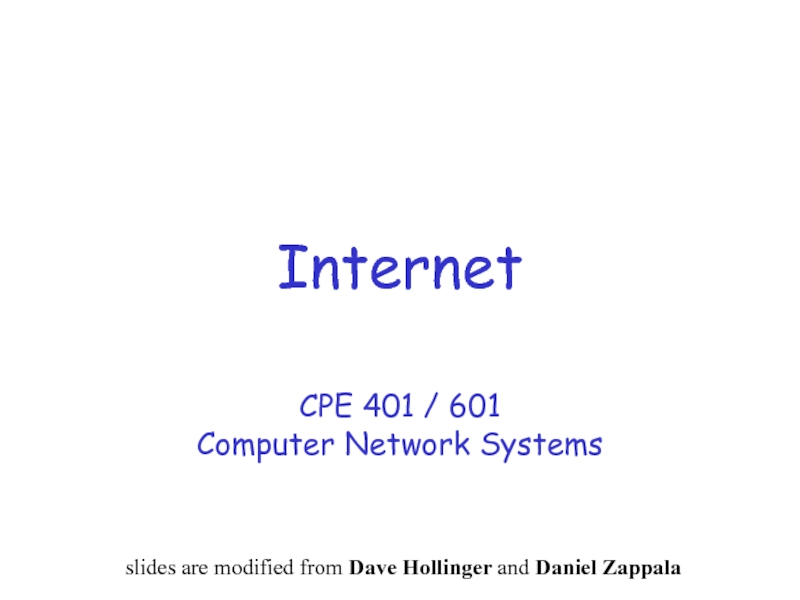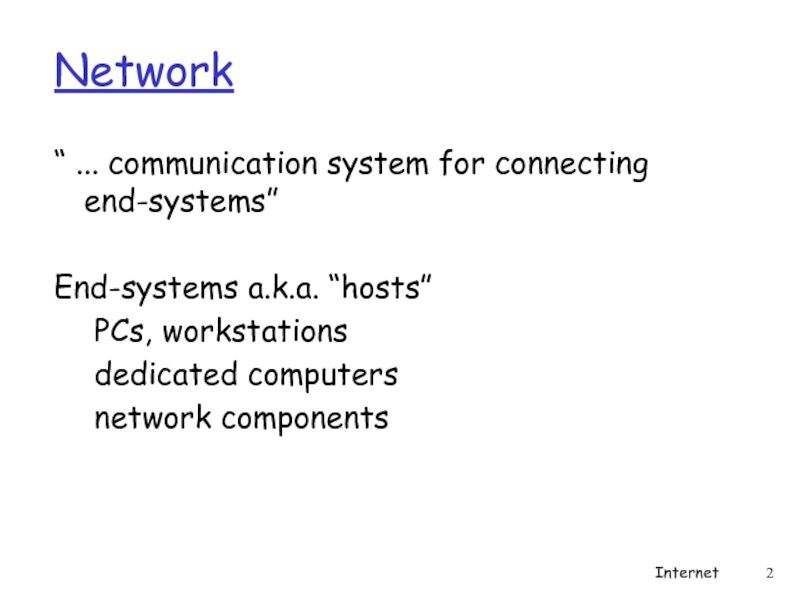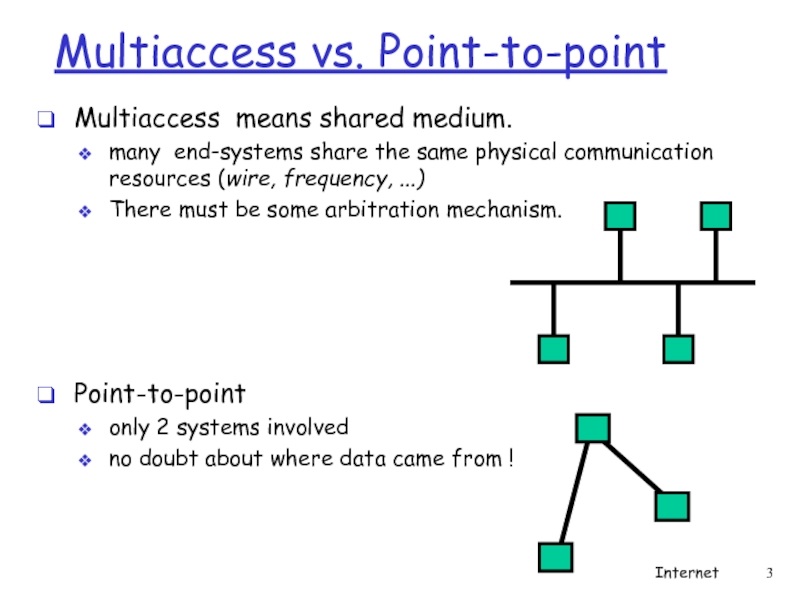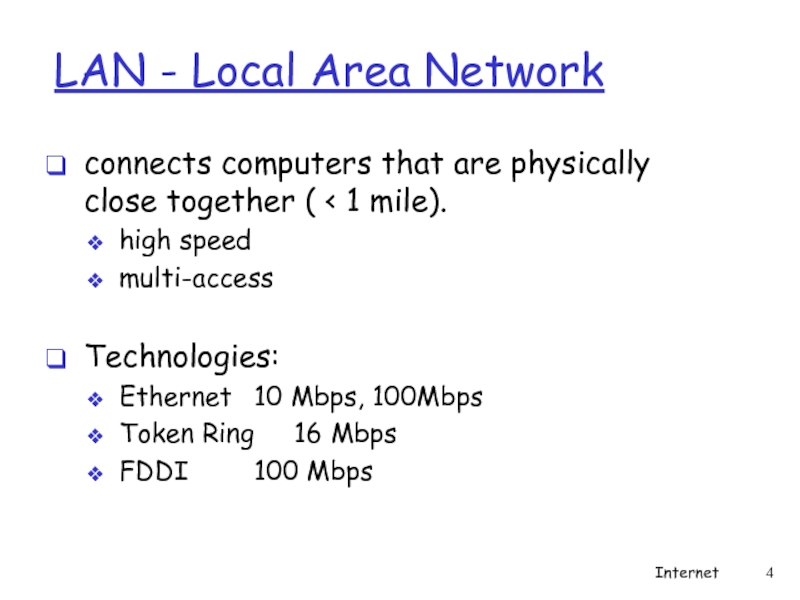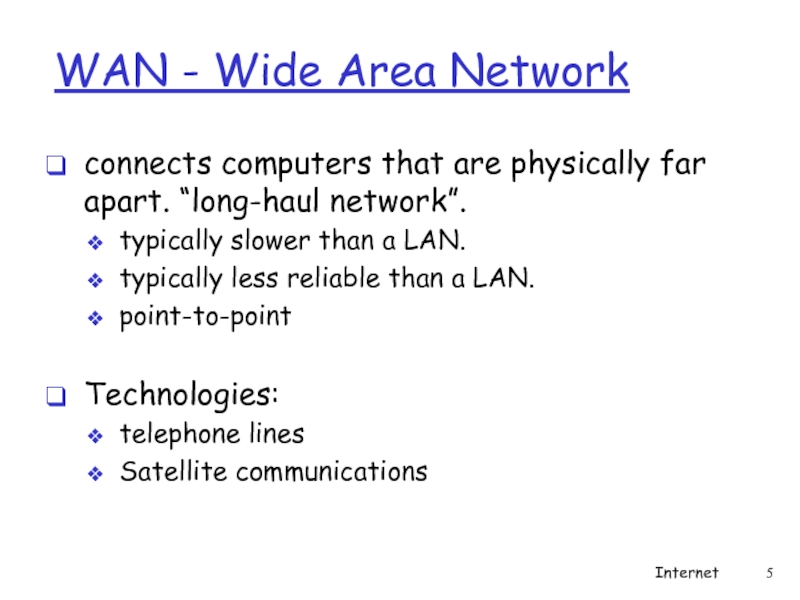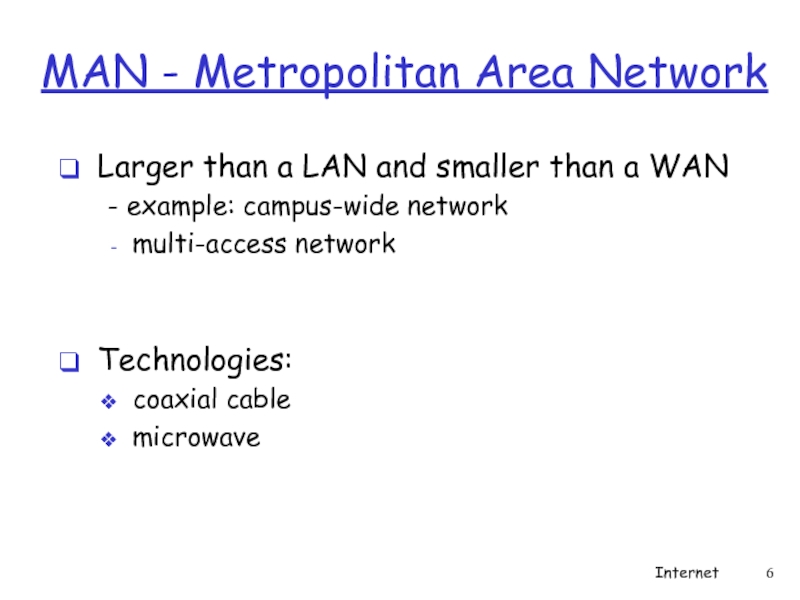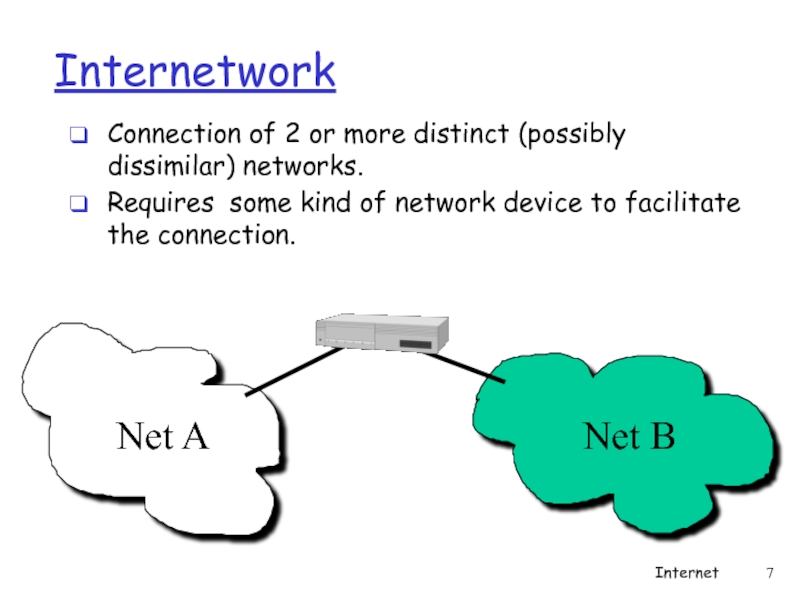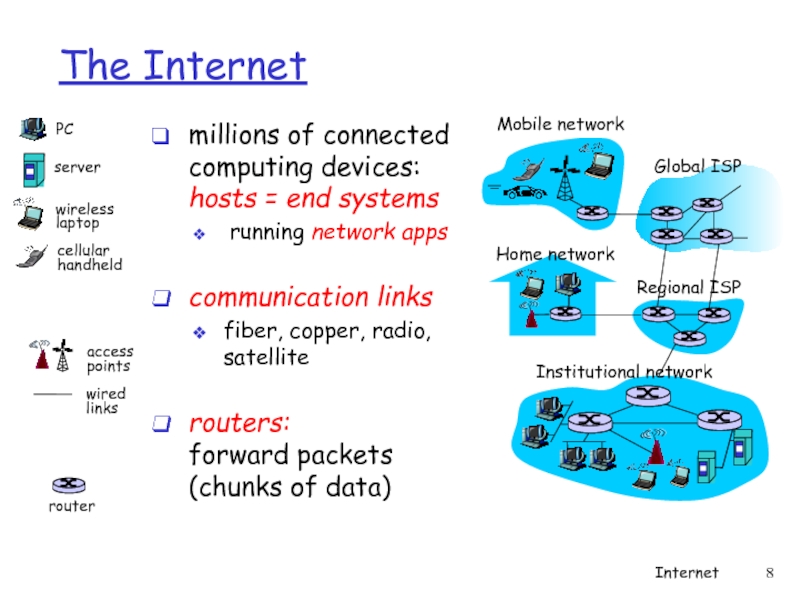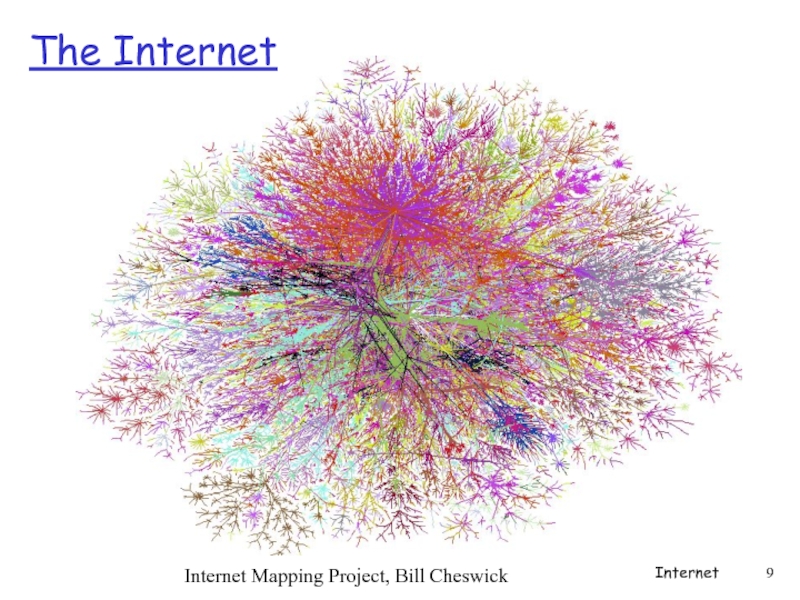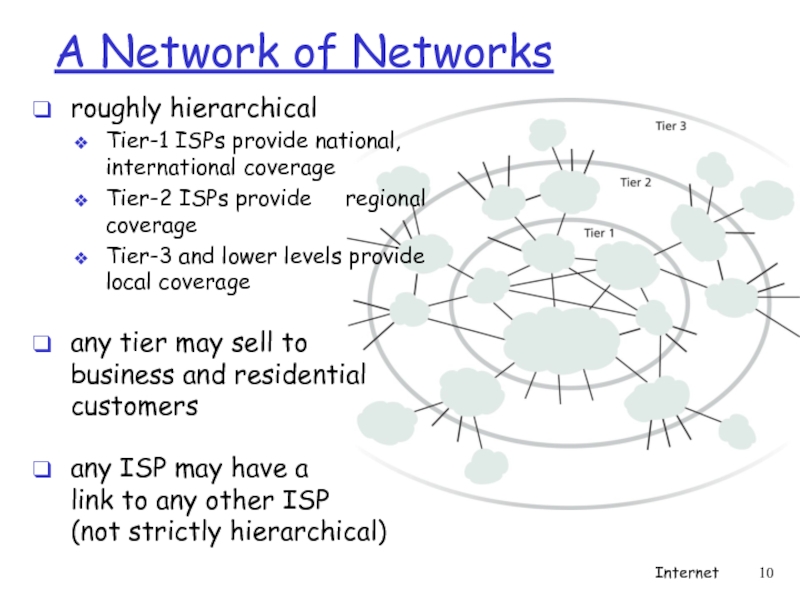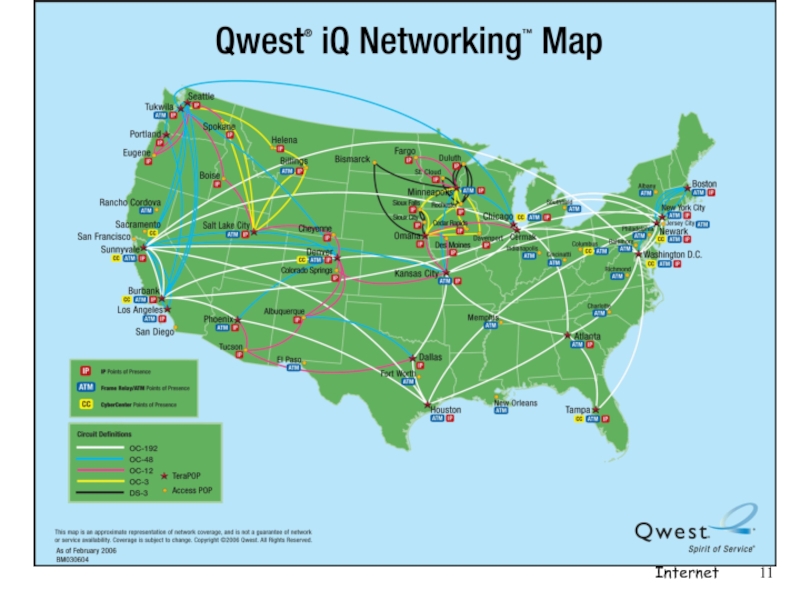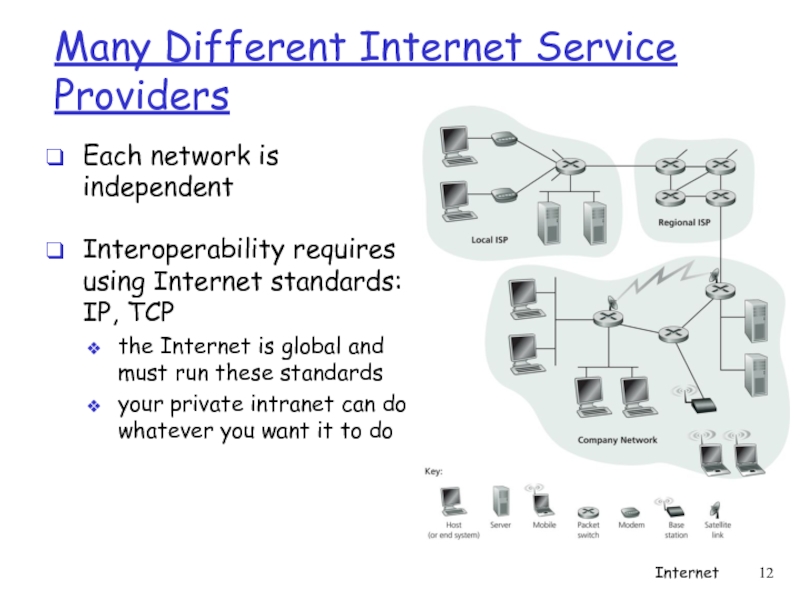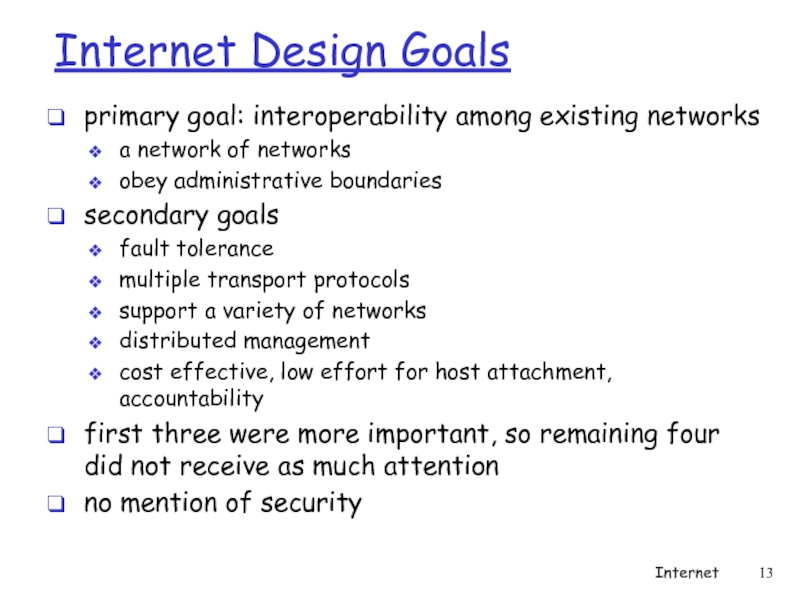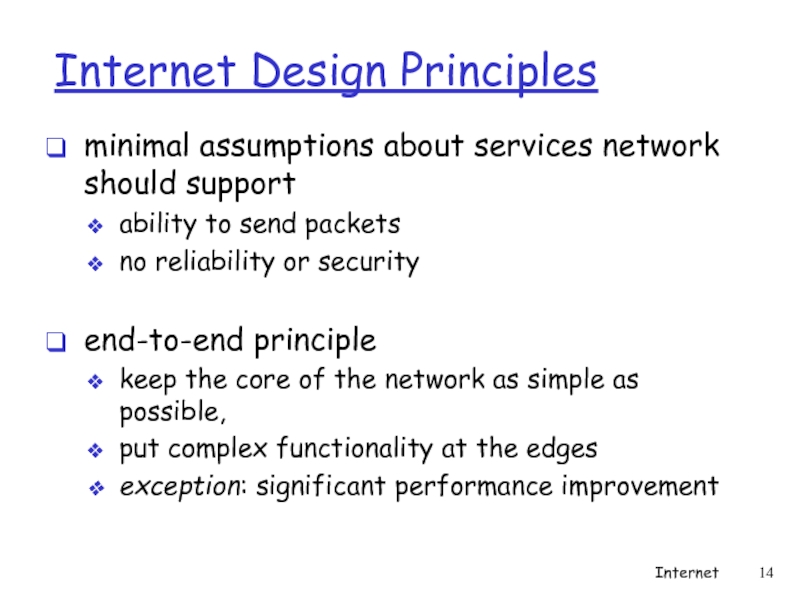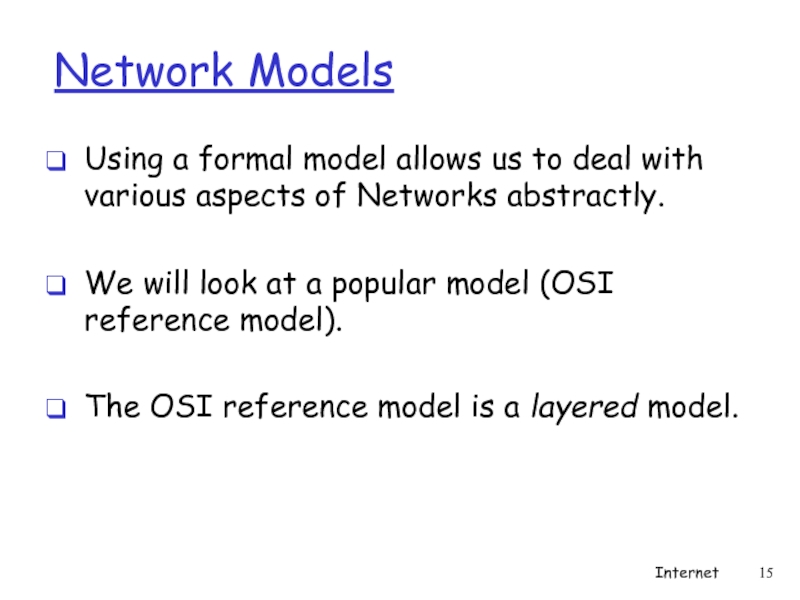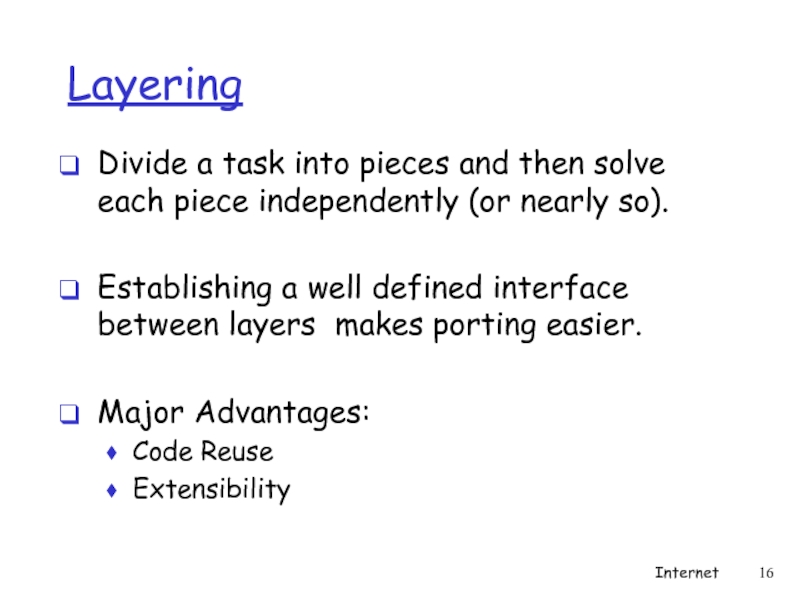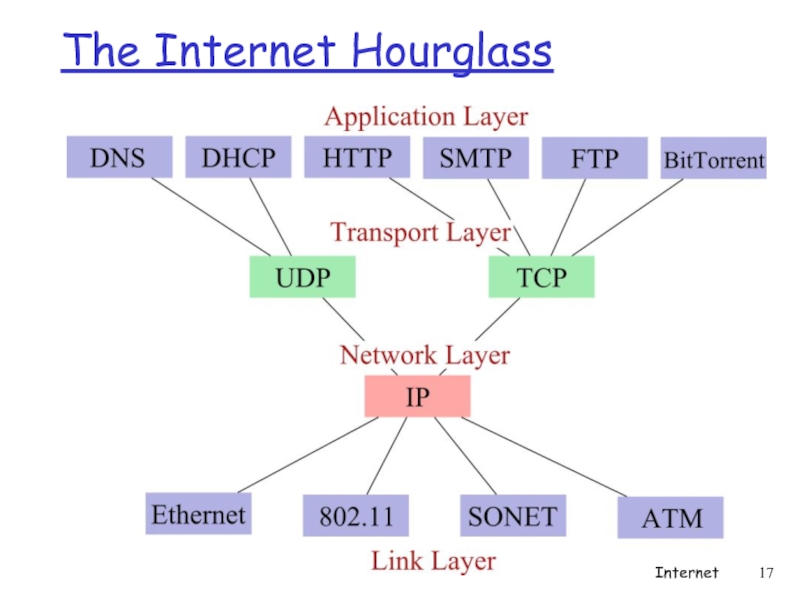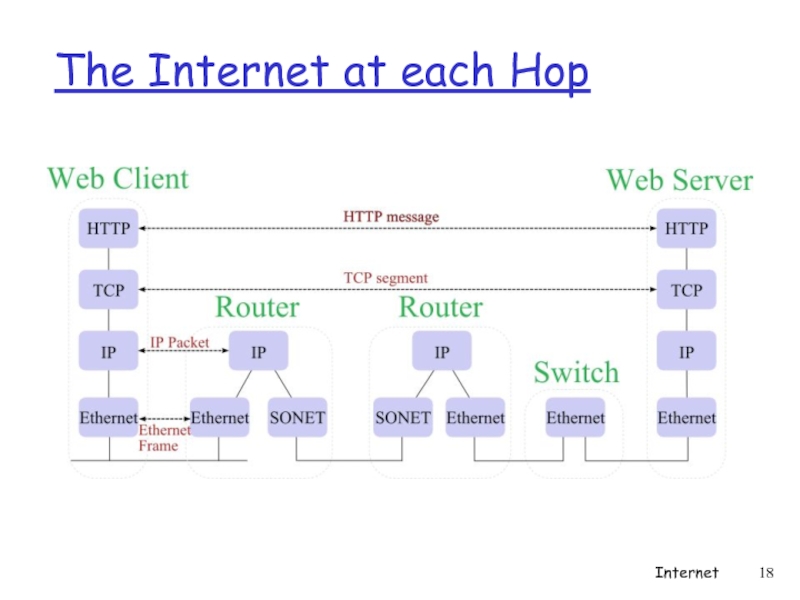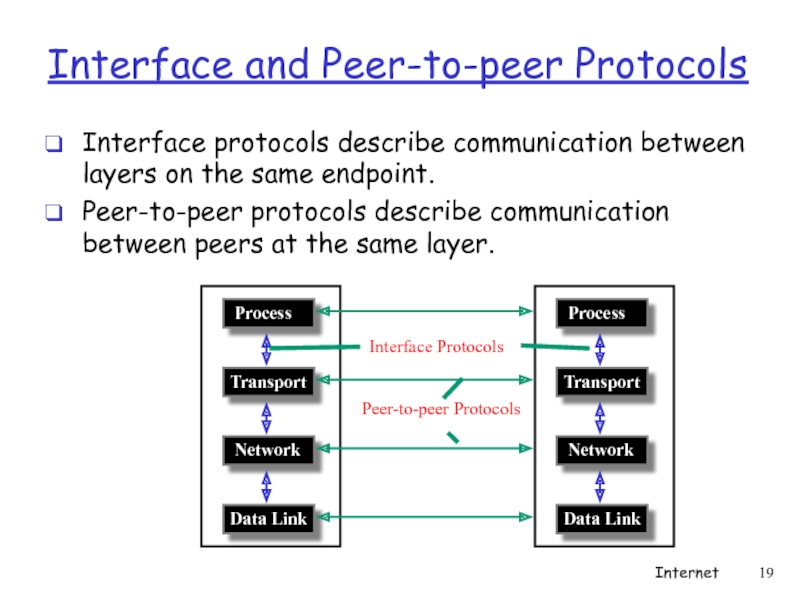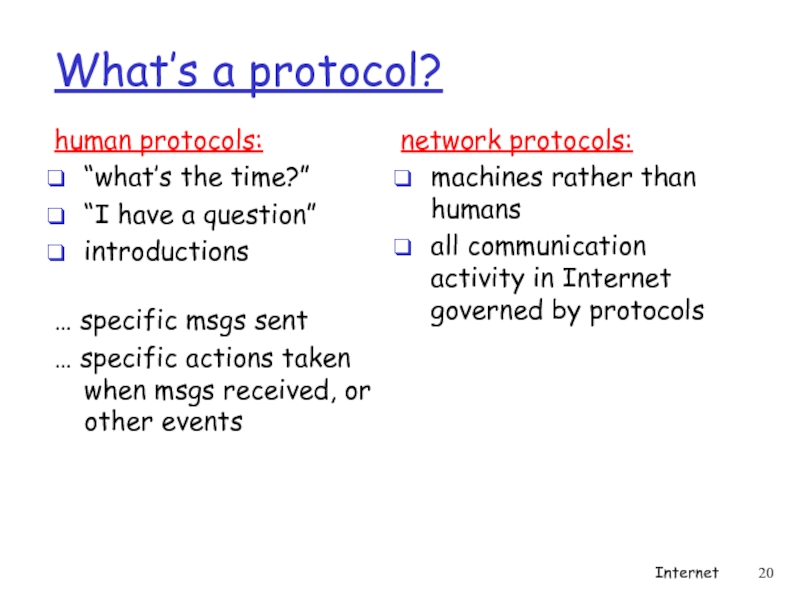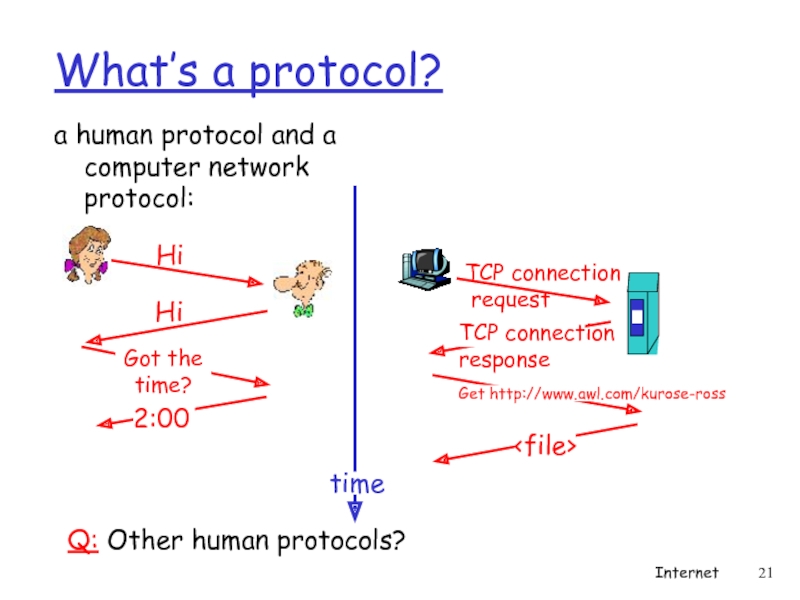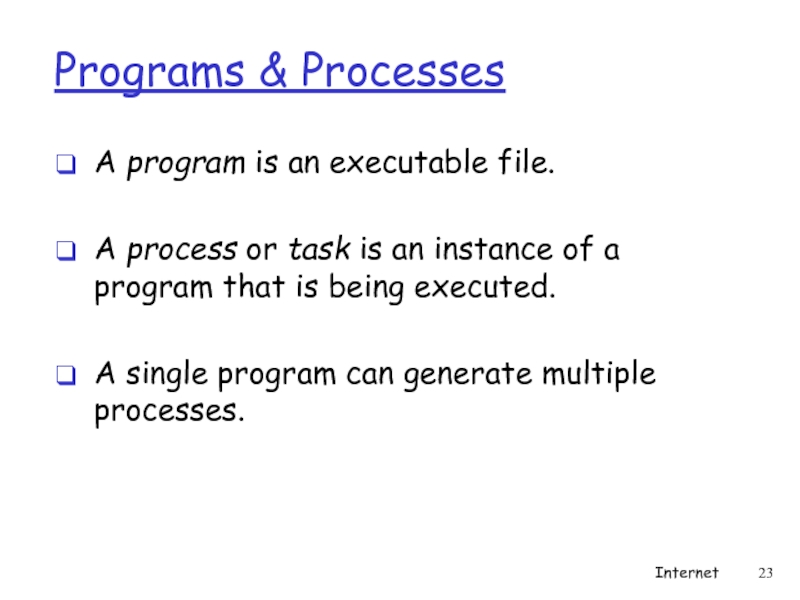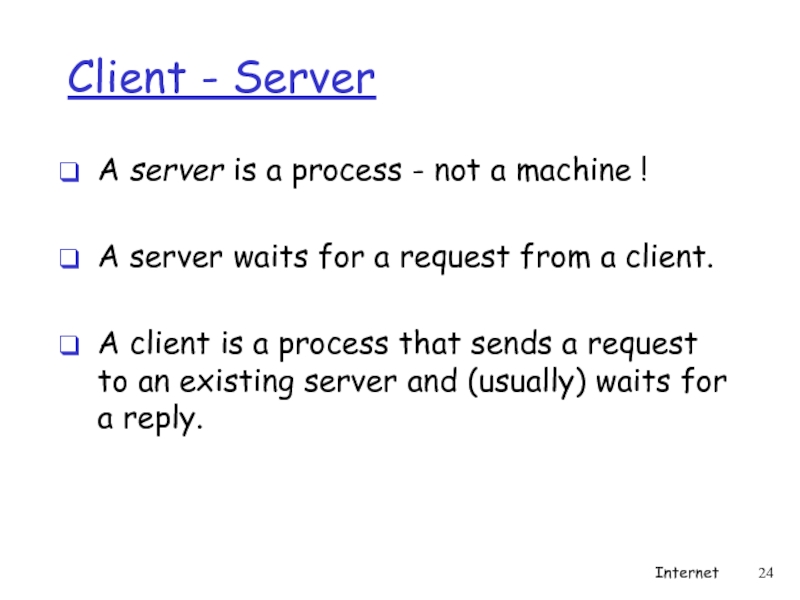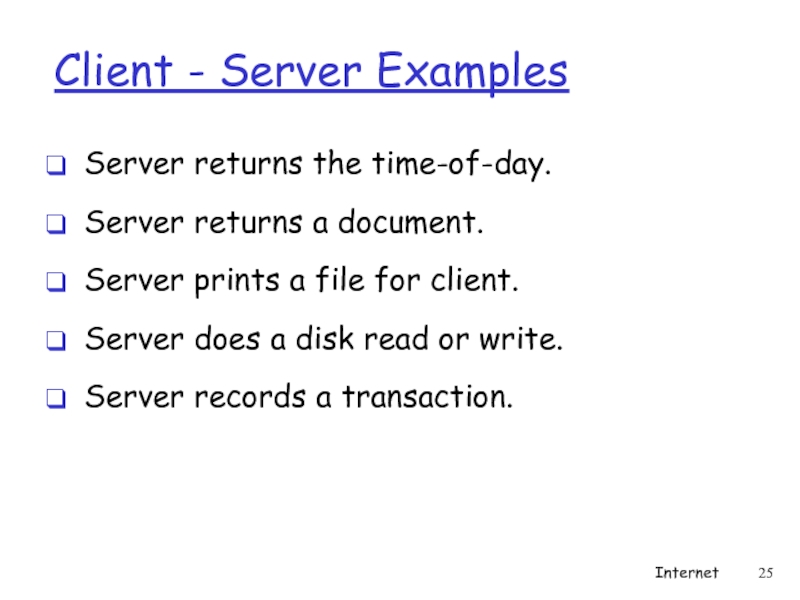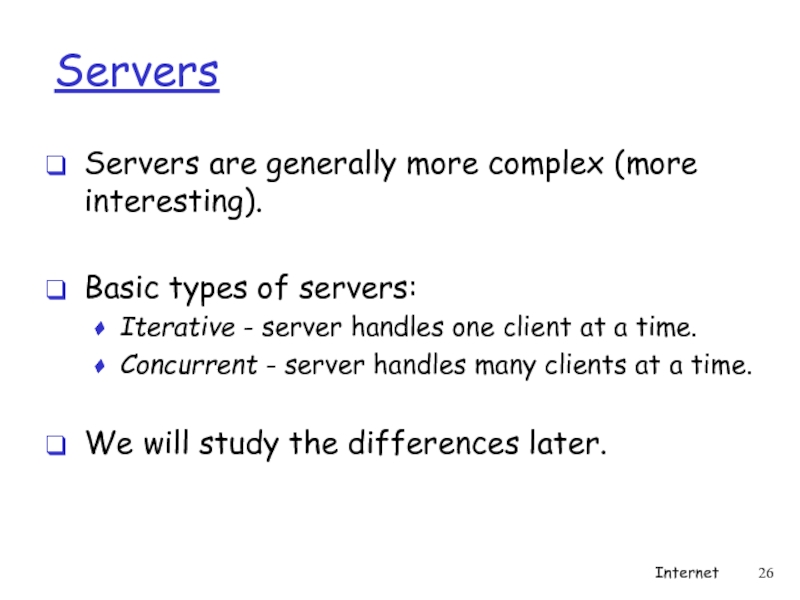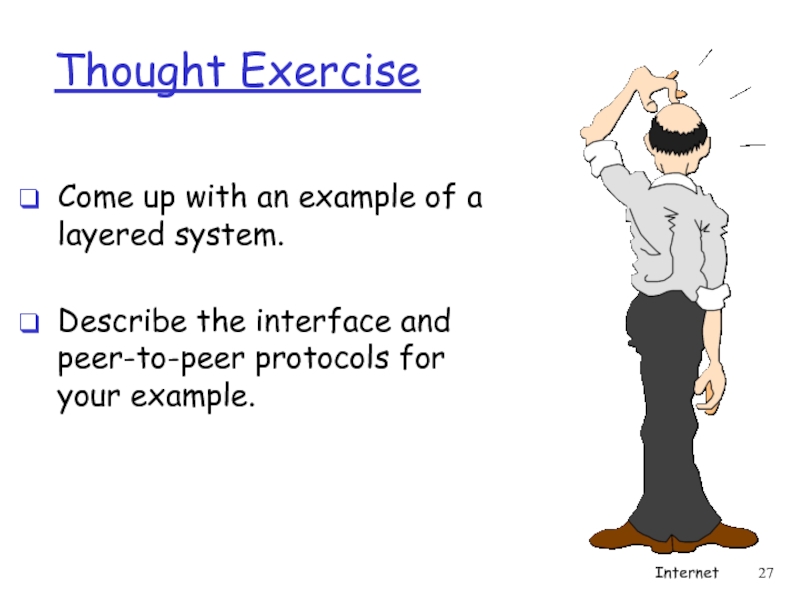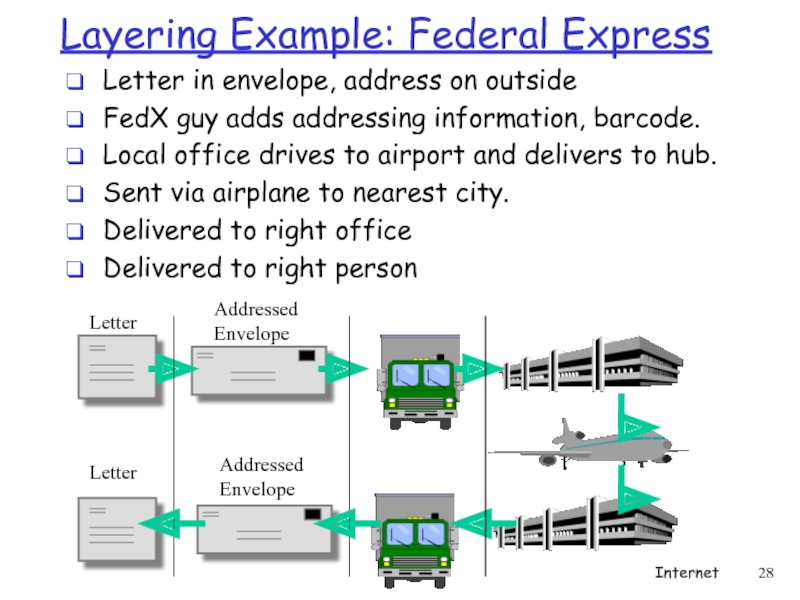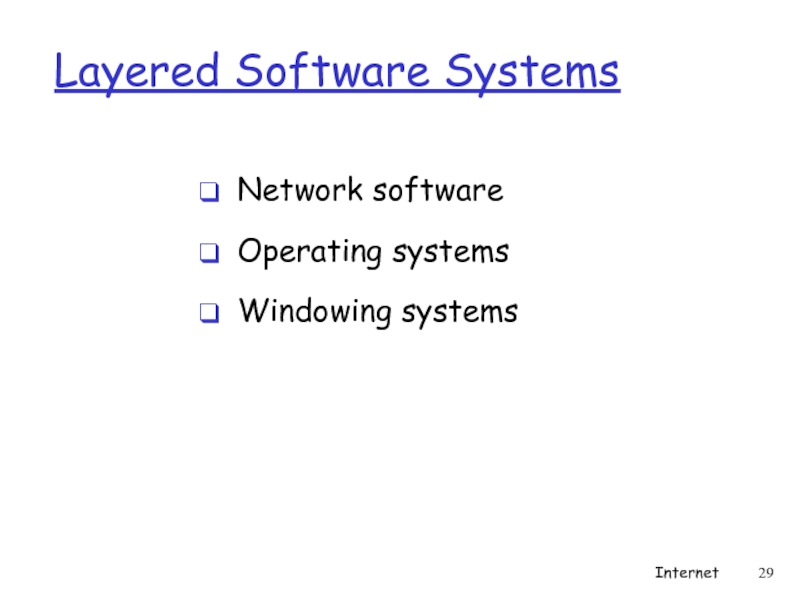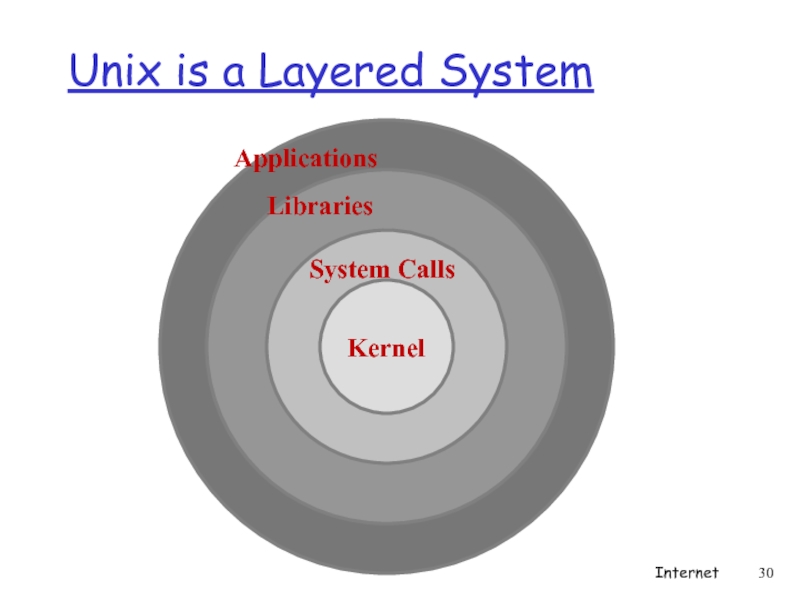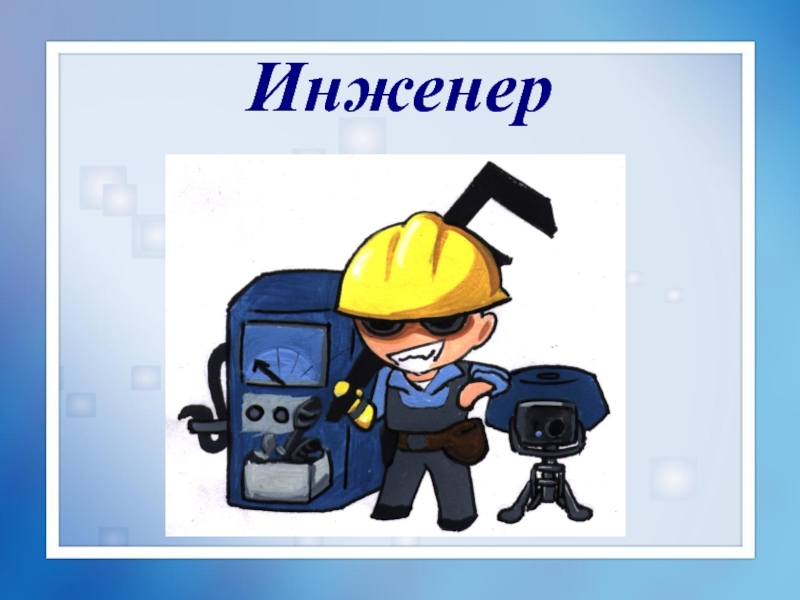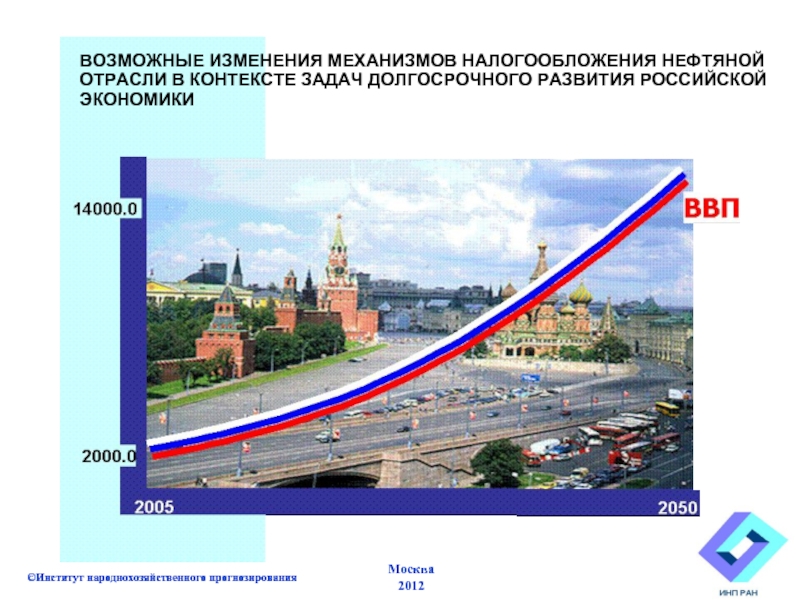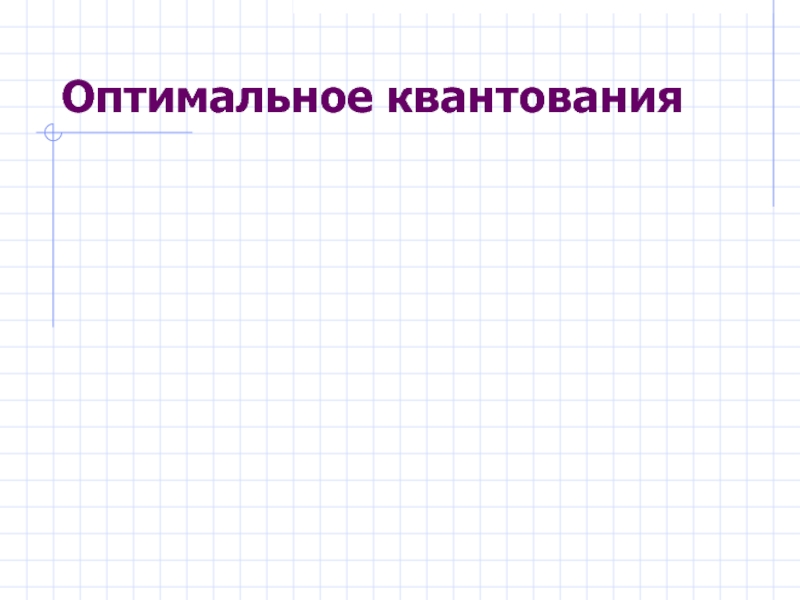- Главная
- Разное
- Дизайн
- Бизнес и предпринимательство
- Аналитика
- Образование
- Развлечения
- Красота и здоровье
- Финансы
- Государство
- Путешествия
- Спорт
- Недвижимость
- Армия
- Графика
- Культурология
- Еда и кулинария
- Лингвистика
- Английский язык
- Астрономия
- Алгебра
- Биология
- География
- Детские презентации
- Информатика
- История
- Литература
- Маркетинг
- Математика
- Медицина
- Менеджмент
- Музыка
- МХК
- Немецкий язык
- ОБЖ
- Обществознание
- Окружающий мир
- Педагогика
- Русский язык
- Технология
- Физика
- Философия
- Химия
- Шаблоны, картинки для презентаций
- Экология
- Экономика
- Юриспруденция
Internet. Computer Network Systems презентация
Содержание
- 1. Internet. Computer Network Systems
- 2. Network “ ... communication system for connecting
- 3. Multiaccess vs. Point-to-point Multiaccess means shared medium.
- 4. LAN - Local Area Network connects computers
- 5. WAN - Wide Area Network connects computers
- 6. MAN - Metropolitan Area Network Larger than
- 7. Internetwork Connection of 2 or more distinct
- 8. The Internet millions of connected computing devices:
- 9. The Internet Internet Internet Mapping Project, Bill Cheswick
- 10. A Network of Networks roughly hierarchical Tier-1
- 11. Internet
- 12. Many Different Internet Service Providers Each network
- 13. Internet Design Goals primary goal: interoperability among
- 14. Internet Design Principles minimal assumptions about services
- 15. Network Models Using a formal model allows
- 16. Layering Divide a task into pieces and
- 17. The Internet Hourglass Internet
- 18. The Internet at each Hop Internet
- 19. Interface protocols describe communication between layers on
- 20. What’s a protocol? human protocols: “what’s the
- 21. What’s a protocol? a human protocol and
- 22. Protocol An agreed upon convention for communication.
- 23. Programs & Processes A program is an
- 24. Client - Server A server is a
- 25. Client - Server Examples Server returns the
- 26. Servers Servers are generally more complex (more
- 27. Thought Exercise Come up with an example
- 28. Layering Example: Federal Express Letter in envelope,
- 29. Layered Software Systems Network software Operating systems Windowing systems Internet
- 30. Unix is a Layered System Applications
Слайд 1
Internet
CPE 401 / 601
Computer Network Systems
slides are modified from Dave Hollinger
Слайд 2Network
“ ... communication system for connecting end-systems”
End-systems a.k.a. “hosts”
PCs, workstations
dedicated computers
network
Internet
Слайд 3Multiaccess vs. Point-to-point
Multiaccess means shared medium.
many end-systems share the same physical
There must be some arbitration mechanism.
Point-to-point
only 2 systems involved
no doubt about where data came from !
Internet
Слайд 4LAN - Local Area Network
connects computers that are physically close together
high speed
multi-access
Technologies:
Ethernet 10 Mbps, 100Mbps
Token Ring 16 Mbps
FDDI 100 Mbps
Internet
Слайд 5WAN - Wide Area Network
connects computers that are physically far apart.
typically slower than a LAN.
typically less reliable than a LAN.
point-to-point
Technologies:
telephone lines
Satellite communications
Internet
Слайд 6MAN - Metropolitan Area Network
Larger than a LAN and smaller than
- example: campus-wide network
multi-access network
Technologies:
coaxial cable
microwave
Internet
Слайд 7Internetwork
Connection of 2 or more distinct (possibly dissimilar) networks.
Requires some kind
Net A
Net B
Internet
Слайд 8The Internet
millions of connected computing devices: hosts = end systems
communication links
fiber, copper, radio, satellite
routers: forward packets (chunks of data)
Internet
Слайд 10A Network of Networks
roughly hierarchical
Tier-1 ISPs provide national, international coverage
Tier-2 ISPs
Tier-3 and lower levels provide local coverage
any tier may sell to business and residential customers
any ISP may have a link to any other ISP (not strictly hierarchical)
Internet
Слайд 12Many Different Internet Service Providers
Each network is independent
Interoperability requires using
the Internet is global and must run these standards
your private intranet can do whatever you want it to do
Internet
Слайд 13Internet Design Goals
primary goal: interoperability among existing networks
a network of networks
obey
secondary goals
fault tolerance
multiple transport protocols
support a variety of networks
distributed management
cost effective, low effort for host attachment, accountability
first three were more important, so remaining four did not receive as much attention
no mention of security
Internet
Слайд 14Internet Design Principles
minimal assumptions about services network should support
ability to send
no reliability or security
end-to-end principle
keep the core of the network as simple as possible,
put complex functionality at the edges
exception: significant performance improvement
Internet
Слайд 15Network Models
Using a formal model allows us to deal with various
We will look at a popular model (OSI reference model).
The OSI reference model is a layered model.
Internet
Слайд 16Layering
Divide a task into pieces and then solve each piece independently
Establishing a well defined interface between layers makes porting easier.
Major Advantages:
Code Reuse
Extensibility
Internet
Слайд 19Interface protocols describe communication between layers on the same endpoint.
Peer-to-peer protocols
Interface and Peer-to-peer Protocols
Internet
Слайд 20What’s a protocol?
human protocols:
“what’s the time?”
“I have a question”
introductions
… specific msgs
… specific actions taken when msgs received, or other events
network protocols:
machines rather than humans
all communication activity in Internet governed by protocols
Internet
Слайд 21What’s a protocol?
a human protocol and a computer network protocol:
Internet
Q:
Hi
Hi
TCP connection
request
Слайд 22Protocol
An agreed upon convention for communication.
both endpoints need to understand the
Protocols must be formally defined and unambiguous!
Protocols define
format,
order of msgs sent and received among network entities,
actions taken on msg transmission, receipt
We will study lots of existing protocols and perhaps develop a few of our own.
Internet
Слайд 23Programs & Processes
A program is an executable file.
A process or task
A single program can generate multiple processes.
Internet
Слайд 24Client - Server
A server is a process - not a machine
A server waits for a request from a client.
A client is a process that sends a request to an existing server and (usually) waits for a reply.
Internet
Слайд 25Client - Server Examples
Server returns the time-of-day.
Server returns a document.
Server prints
Server does a disk read or write.
Server records a transaction.
Internet
Слайд 26Servers
Servers are generally more complex (more interesting).
Basic types of servers:
Iterative -
Concurrent - server handles many clients at a time.
We will study the differences later.
Internet
Слайд 27Thought Exercise
Come up with an example of a layered system.
Describe the
Internet
Слайд 28Layering Example: Federal Express
Letter in envelope, address on outside
FedX guy adds
Local office drives to airport and delivers to hub.
Sent via airplane to nearest city.
Delivered to right office
Delivered to right person
Internet
